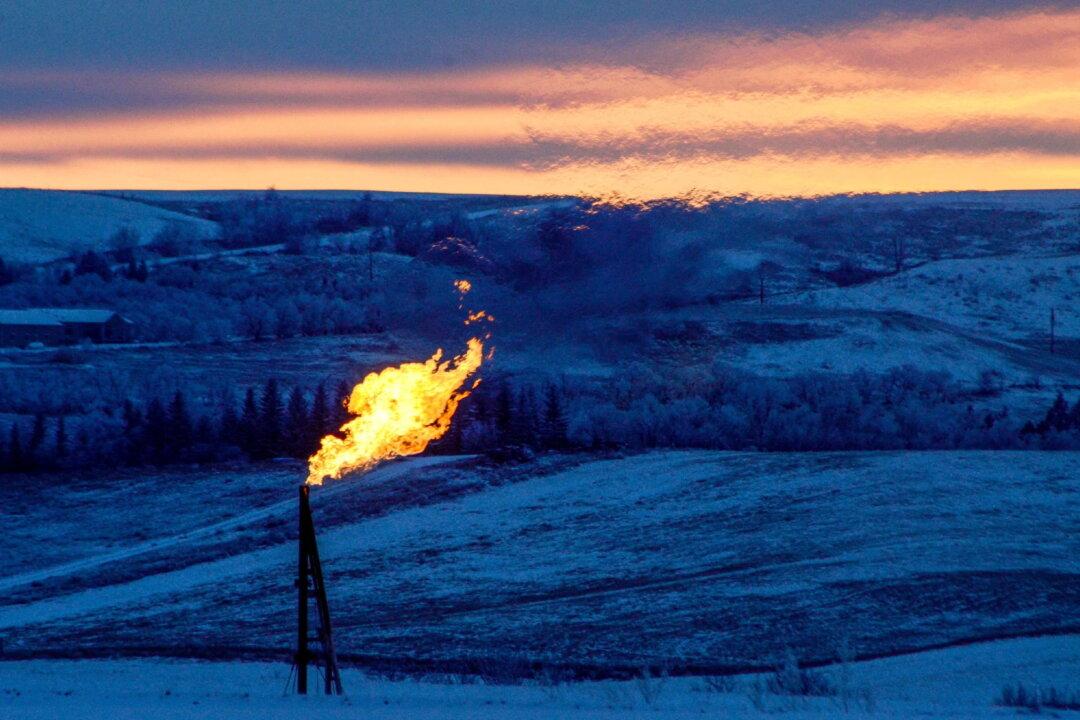Shale oil producers in the United States are resorting to “re-fracking” to boost the country’s oil output, as well as generate additional profits without having to make significant new investments.
Re-fracking refers to the practice of an oil company returning to old shale oil and gas wells that were fracked in the past, but are no longer in production. The process allows oil producers to take advantage of the higher than $100 per barrel oil price while also creating a higher output with a smaller investment, rather than having to develop an entirely new well.





